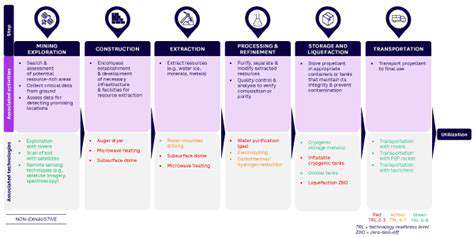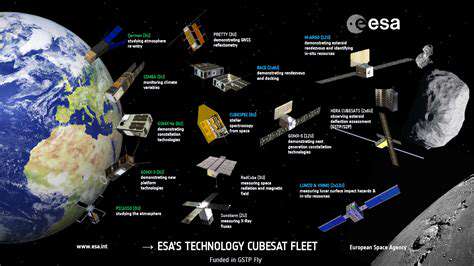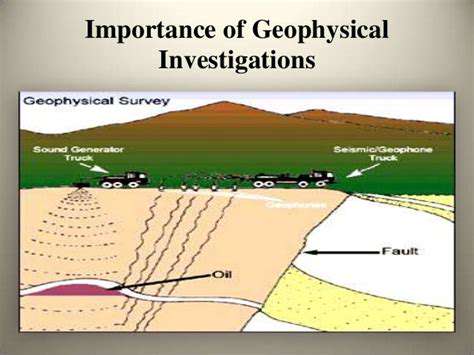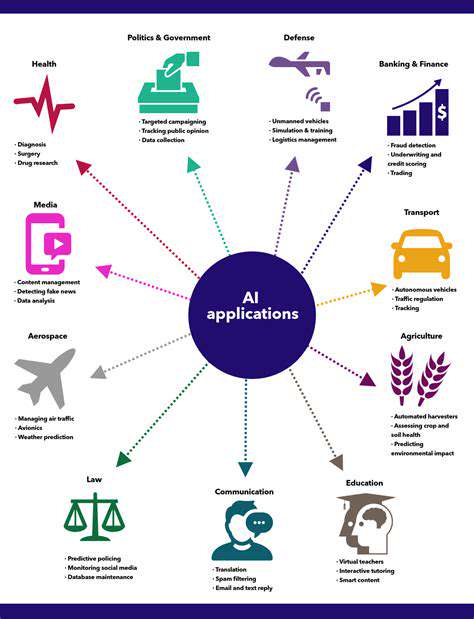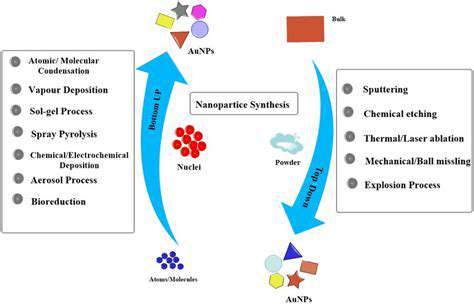Unveiling the First Stars and Galaxies
Humanity's quest to understand cosmic origins has taken a revolutionary leap forward with the James Webb Space Telescope. This technological marvel peers deeper into space-time than any instrument before it, capturing whispers of light from when the universe was in its infancy. These ancient photons carry secrets about the first luminous objects that pierced the darkness of the primordial cosmos. Unlike previous telescopes that showed us blurry glimpses, JWST delivers crisp images that reveal intricate details about these celestial pioneers.
Astronomers employ sophisticated spectroscopy to dissect this ancient light, measuring elemental abundances and star formation rates with unprecedented precision. What emerges is a surprising picture - these early galaxies formed stars at rates far exceeding modern galaxies, challenging previous assumptions about cosmic evolution. The telescope's infrared vision cuts through cosmic dust that previously obscured our view, like lifting a veil on the universe's formative years.
Probing the Epoch of Reionization
The universe's adolescence witnessed a dramatic transformation as the first light sources ionized surrounding hydrogen gas. JWST acts as a time machine, capturing snapshots of this pivotal era when the cosmos transitioned from opaque to transparent. Detailed analysis of quasar absorption lines reveals how bubbles of ionized gas grew and merged, fundamentally altering the universe's structure.
Recent observations suggest this process wasn't uniform across space and time. Some regions reionized earlier than others, creating a complex patchwork of ionized and neutral gas that influenced subsequent galaxy formation. The telescope's ability to detect faint emission lines from early galaxies provides crucial constraints on theoretical models of this epoch.
The Role of Dark Matter and Dark Energy
While invisible to direct observation, dark matter's gravitational fingerprint appears in the distribution of early galaxies. JWST's deep field images reveal how these primordial structures align along invisible dark matter filaments, confirming predictions of cold dark matter cosmology. The telescope's measurements of galaxy motions provide new estimates of dark matter density in the early universe.
Equally mysterious, dark energy's influence appears weaker in the early universe than today. JWST's observations of standard candles at extreme distances help calibrate the universe's expansion history, offering clues about whether dark energy's strength changes over cosmic time. These measurements may eventually reveal whether dark energy represents a cosmological constant or something more dynamic.
Observing the First Galaxies' Formation
JWST's sharp vision resolves individual star-forming regions in galaxies so distant their light has traveled over 13 billion years. Surprisingly, some show well-developed structures like spiral arms and central bulges much earlier than predicted. This suggests galaxy formation processes operated with remarkable efficiency in the young universe, possibly due to higher gas densities and more frequent mergers.
The telescope's spectroscopic capabilities reveal chemical enrichment patterns indicating multiple generations of stars had already lived and died in these early galaxies. This forces astronomers to reconsider models of how quickly the first stars could form and seed the universe with heavy elements.
The Cosmic Microwave Background and its Connection
While the CMB shows the universe's baby picture, JWST reveals its toddler years. Combining these datasets creates a more complete developmental timeline. The telescope's measurements of early galaxy properties help explain how density fluctuations seen in the CMB grew into the cosmic web we observe today.
Discrepancies between predicted and observed galaxy counts at high redshifts hint at possible new physics. Some theorists suggest modifications to dark matter properties or early dark energy might resolve these tensions, potentially leading to breakthroughs in our fundamental understanding of the cosmos.
Beyond the Visible: Unveiling the Infrared Universe
JWST's infrared eyes reveal celestial phenomena invisible to optical telescopes. Cool objects like brown dwarfs, protostars, and distant galaxies redshifted into the infrared become clearly visible. The telescope's mid-infrared instrument penetrates thick dust clouds, exposing stellar nurseries where new planetary systems form.
This expanded spectral window has already yielded surprises, including potential population III star candidates and overmassive black holes in young galaxies. As JWST continues surveying the infrared sky, astronomers anticipate more discoveries that will reshape our cosmic narrative.
Unveiling the Secrets of Exoplanet Atmospheres: A New Era in Planetary Science

Exploring Diverse Planetary Systems
The discovery of planets orbiting distant stars has transformed astronomy from theoretical speculation to concrete exploration. Modern surveys reveal planetary systems with architectures utterly unlike our solar system - hot Jupiters orbiting closer than Mercury, super-Earths filling the gap between terrestrial and giant planets, and rogue planets wandering between stars. This diversity suggests our solar system may be the exception rather than the rule in cosmic terms.
Advanced direct imaging techniques now capture light reflected from exoplanet atmospheres, while transit spectroscopy analyzes starlight filtered through planetary air. These methods reveal atmospheric composition, cloud layers, and even wind patterns on distant worlds. The resulting data paints vivid portraits of alien climates, from molten silicate rain on ultra-hot planets to possible water clouds on temperate worlds.
Unraveling the Formation and Evolution of Planets
Exoplanet studies have overturned the traditional nebular hypothesis by revealing migration as a fundamental planetary process. Many gas giants likely formed farther out before spiraling inward, scattering smaller planets in chaotic gravitational dances. This explains the prevalence of compact systems with multiple planets in tight orbits, completely unlike our widely spaced solar system.
Atmospheric metallicity measurements provide fossil records of formation histories. Some gas giants show enhanced heavy element abundances suggesting they accreted numerous planetary embryos before migrating. Others retain nearly pristine hydrogen-helium compositions indicating relatively peaceful formation far from their star. These chemical fingerprints help reconstruct each system's dynamic past.
Searching for Signs of Life Beyond Earth
The hunt for biosignatures has evolved from simple oxygen detection to comprehensive atmospheric context analysis. Modern frameworks consider chemical disequilibrium, seasonal variations, and surface biosignatures alongside traditional gas biomarkers. Technosignature searches now encompass industrial pollutants, artificial illumination, and even potential megastructures, expanding the possibilities for detecting intelligent life.
Upcoming telescopes will analyze exoplanet surfaces through reflected light spectroscopy, searching for vegetation red edges or other surface biosignatures. Simultaneously, radio surveys continue listening for artificial signals. This multi-pronged approach maximizes chances of detection whether life resembles Earth's or follows completely different biochemical pathways.
Detailed Observations of Protoplanetary Disks: Witnessing the Birth of Planetary Systems
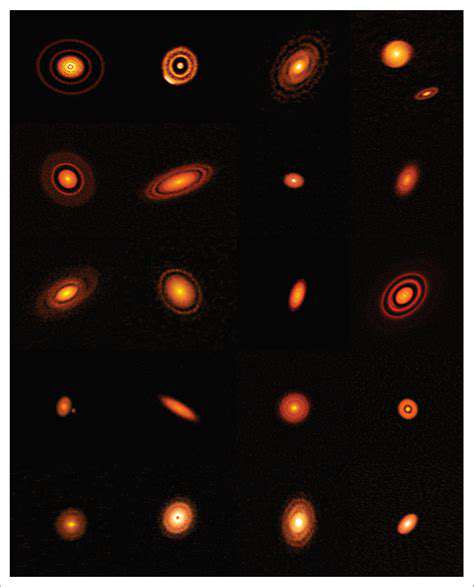
Initial Formation and Composition
Protoplanetary disks emerge as natural byproducts of star formation, inheriting their chemical makeup from interstellar clouds. Advanced radio telescopes now map molecular distributions within these disks, revealing complex organic molecules that could seed life on future planets. Unexpected chemical gradients suggest planet formation begins even before the central star finishes forming, with dust grains already clumping into larger bodies.
Polarized light studies reveal intricate dust structures - spirals, gaps, and asymmetries that betray hidden protoplanets. Some disks show multiple dust populations with different compositions, suggesting material transport mechanisms that separate ingredients destined for different planetary classes. These observations force revisions to classical condensation sequence models.
Gravitational Interactions and Accretion
High-resolution imaging captures dynamical processes in real time. Some disks show striking spiral arms induced by embedded planets, while others exhibit cleared gaps where growing worlds vacuum up material. Unexpected disk substructures suggest planet formation may occur in episodic bursts rather than continuous growth, possibly explaining observed exoplanet mass distributions.
ALMA observations reveal gas kinematics that betray hidden planets through their gravitational influence. Some systems show evidence of multiple planets stirring the disk simultaneously, creating complex density patterns. These dynamical fingerprints allow astronomers to detect planets too young or distant for conventional methods.
Planetary Differentiation and Internal Structure
Meteorite studies complement disk observations by providing ground truth about early solar system processes. Together they reveal that planetary differentiation begins remarkably early, with some planetesimals forming metallic cores within a few million years. This rapid differentiation challenges traditional thermal models and suggests additional heating mechanisms like short-lived radionuclides or impact heating played crucial roles.
Exoplanet density measurements show a continuum from pure iron worlds to water-dominated planets, suggesting differentiation outcomes vary dramatically based on formation location and impact history. Some super-Earths may have exotic internal structures with molten silicate layers overlaying solid cores, creating unique geodynamic regimes.
Observational Techniques and Future Research
Next-generation instruments will push protoplanetary disk studies into new regimes. Extremely large telescopes will resolve thermal emission from individual protoplanets, while space-based interferometers may directly image forming gas giants. These advances will test whether core accretion or disk instability dominates giant planet formation in different environments.
Laboratory experiments simulating disk conditions help interpret observations. Researchers now recreate protoplanetary environments to study dust aggregation, ice formation, and chemical processes under realistic conditions. Combined with improved computational models, these efforts are building a comprehensive picture of planetary system formation.
Adaptive learning systems leverage cognitive science insights to create educational experiences that respect neurological diversity. These systems dynamically adjust content presentation based on real-time assessment of comprehension patterns, creating optimal conditions for knowledge retention. Educational neuroscience confirms that such personalized approaches activate more neural pathways than one-size-fits-all instruction, leading to deeper conceptual understanding.

